Vehicle type classification is the process of categorizing vehicles into different groups based on their design, functionality, and purpose. This classification is used in various industries, including transportation, automotive, and insurance, among others, to analyze data and make informed decisions.

There are several ways to classify vehicles, including by body style, size, weight, fuel type, and intended use.
Vehicle type classification using computer vision has a wide range of use cases, including
1. Traffic surveillance and management: Computer vision can be used to automatically classify vehicles by type, such as cars, buses, trucks, and motorcycles. This information can be used to optimize traffic flow, detect congestion, and provide real-time information to drivers and transportation officials.
2. Parking management: Computer vision can be used to detect the type of vehicles entering a parking lot, allowing for more efficient management of parking spaces. For example, a parking garage could use the data to direct larger vehicles to designated spots or to indicate which spots are reserved for handicapped drivers.
3. Security and law enforcement: Vehicle type classification can be used to improve security by automatically identifying suspicious vehicles or those that are not authorized to enter a certain area. Law enforcement agencies can also use the technology to help identify suspects by analyzing footage from traffic cameras.
4. Automotive manufacturing: Computer vision can be used in the automotive manufacturing process to ensure that the correct parts are installed on each type of vehicle. For example, cameras could be used to verify that a truck is equipped with the appropriate suspension system or that a car has the correct type of engine.
5. Insurance and fleet management: Vehicle type classification can be used to determine insurance rates, as different types of vehicles have different risks associated with them. Fleet management companies can also use the data to track their vehicles and ensure that they are being used appropriately. It also provides valuable insights for manufacturers and policymakers to improve the design and functionality of vehicles.
Overall, vehicle type classification using computer vision can improve efficiency, safety, and security in a wide range of industries and applications.
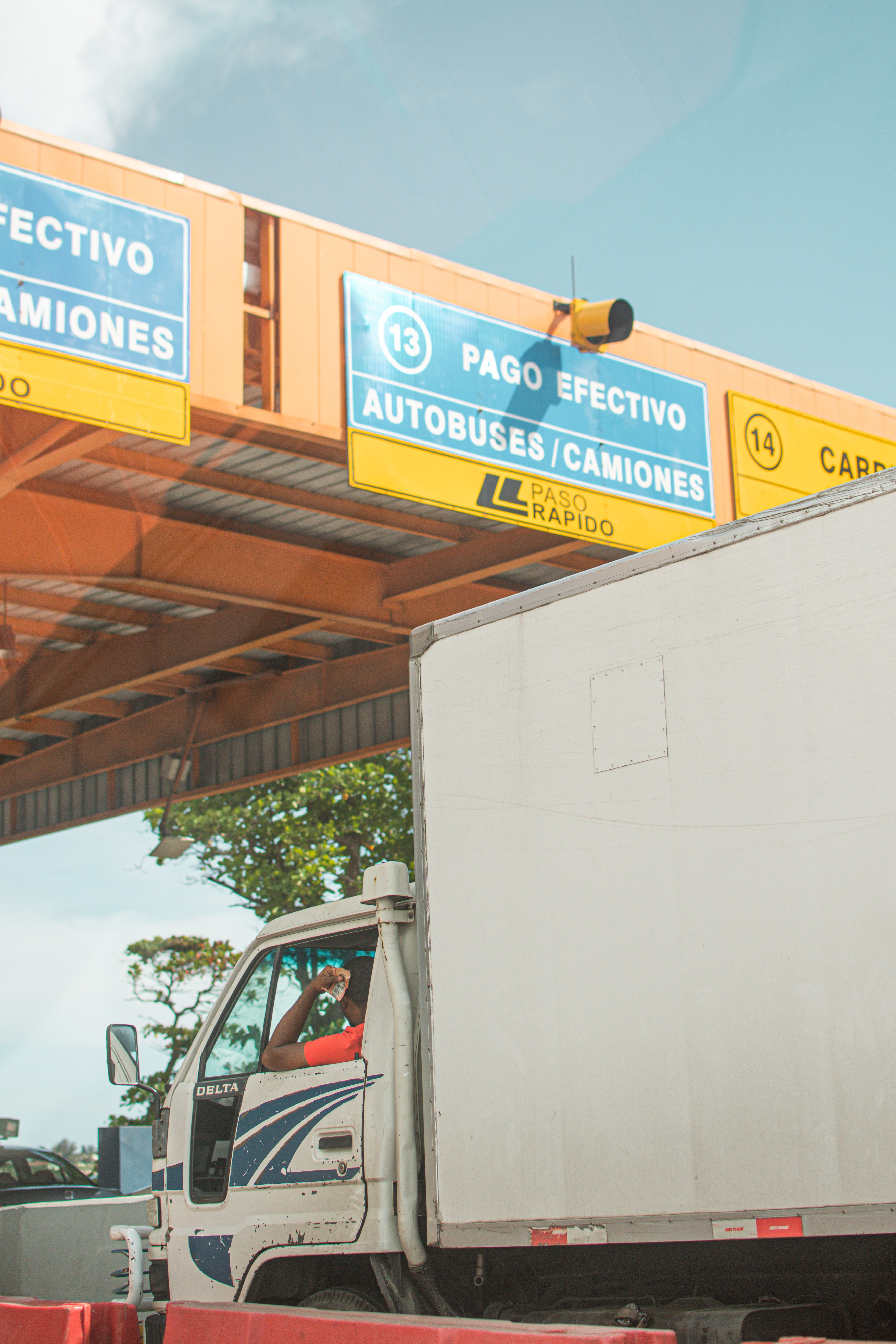
Case study for using vehicle type image classification AI model:
The use of computer vision to classify vehicles in a city to optimize the flow of traffic.
In this case, a city government wanted to optimize traffic flow by identifying the types of vehicles on its roads and adjusting traffic signal timings accordingly. To achieve this, the city installed a network of cameras at key intersections and used computer vision algorithms to classify vehicles in real time. The algorithms were trained to identify the make and model of the vehicle, as well as its size and weight. Using this data, the city was able to optimize traffic signal timings to accommodate different types of vehicles.
For example, the algorithms identified that large trucks took longer to accelerate and decelerate than smaller cars, so the traffic signals were adjusted to allow more time for trucks to pass through intersections. Similarly, the algorithms identified that buses and bicycles had different travel patterns than cars, so the traffic signals were adjusted to give them priority in certain situations.
As a result of this system, the city was able to reduce congestion and improve traffic flow, while also improving safety and reducing emissions. The system also had the potential to be used for toll collection and parking management.

How navan.ai can help you build a Damaged vehicle classification model without having to write a single line of code?
1. Visit nstudio.navan.ai, and sign up using your Gmail id.
2. Choose a suitable model architecture:
- EfficientNet-B2 is a pre-trained deep learning model designed for computer vision tasks such as image classification, object detection, and segmentation. It is based on the Convolutional Neural Network (CNN) architecture and is designed to improve upon the previous EfficientNet models in terms of both accuracy and computational efficiency.
- The "B2" in the name refers to the model's size, which is determined by a combination of the depth, width, and resolution of the network.
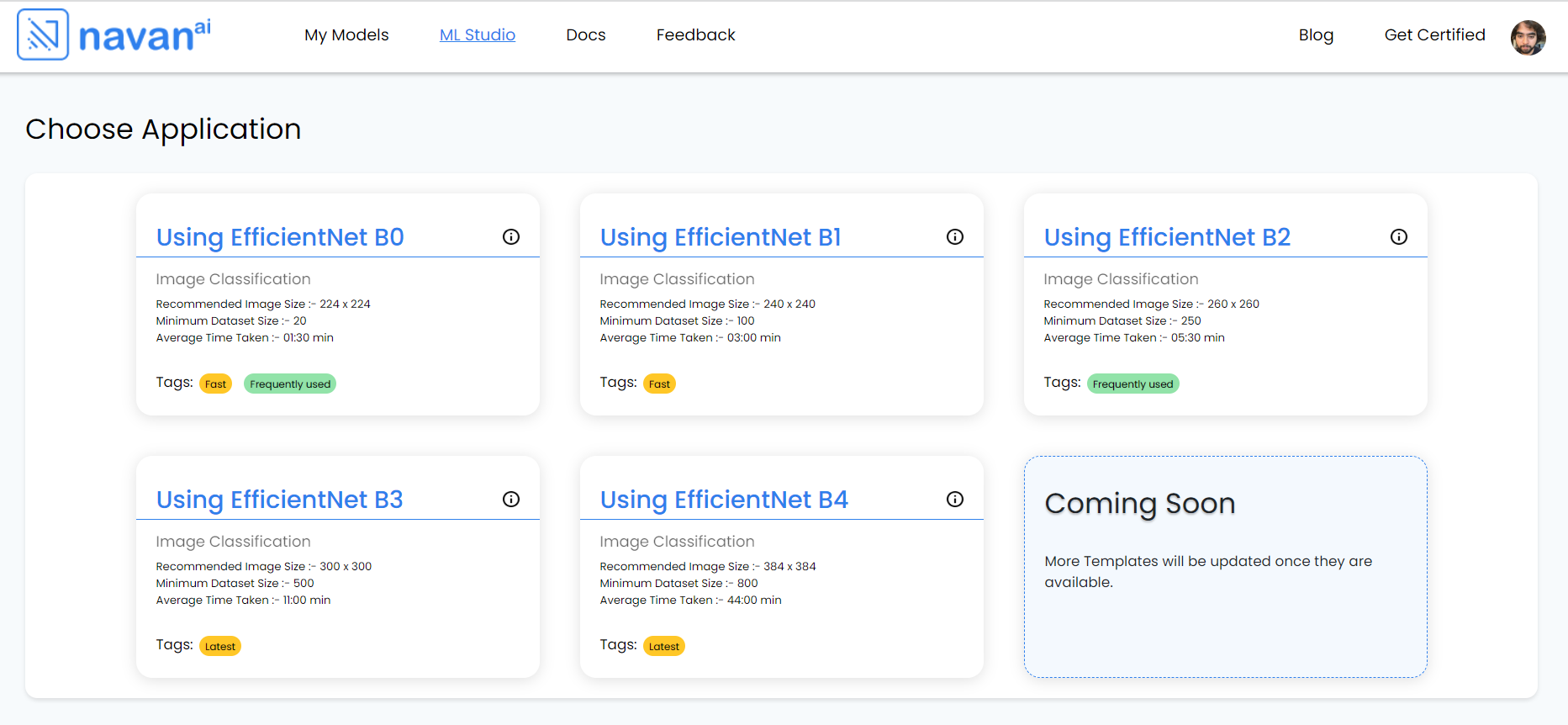
3. Training the model:
We are considering 3 classes here, First class is 2-wheelers, the second class is 4-wheelers, and the final class is Heavy Vehicles.
we have named the Model “VEHICLE TYPE”. We create a class for each category. After we upload images into each class, the model is ready to be trained.
The images are uploaded to Class 1 [2-wheelers]
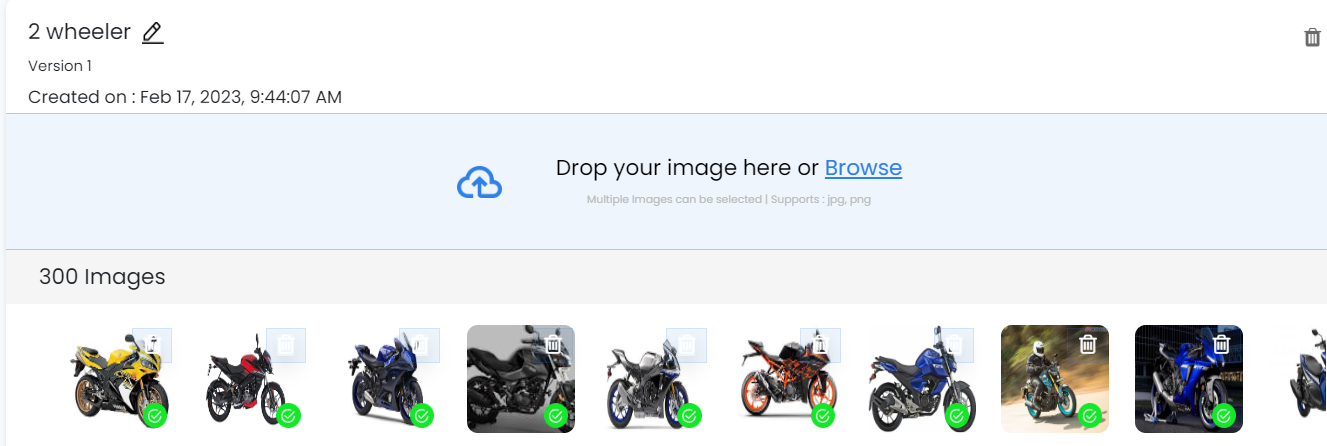
The images are uploaded to Class 2 [4-wheelers]
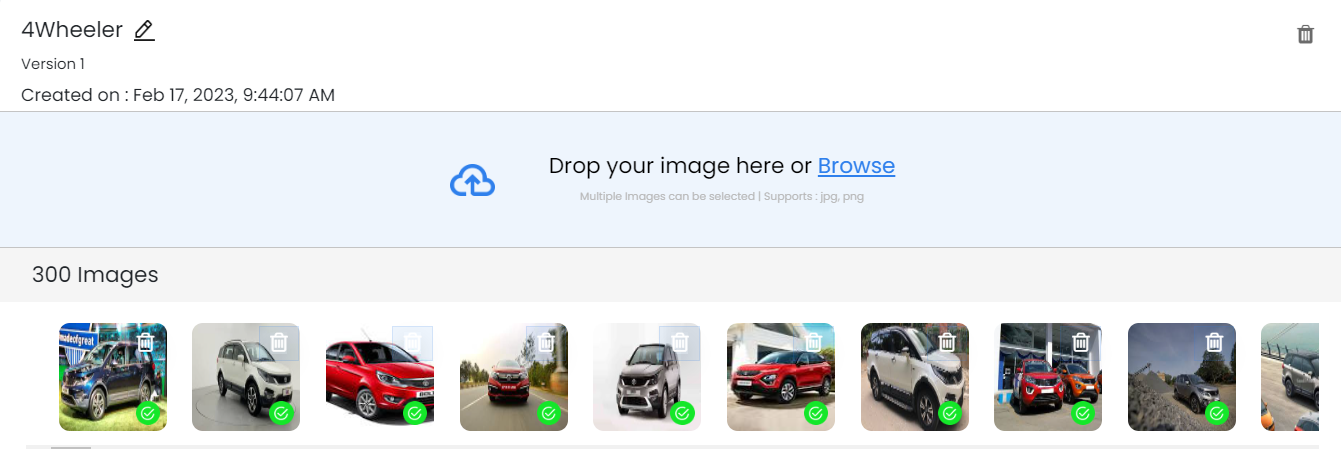
The images are uploaded to Class 3 [Heavy vehicles]
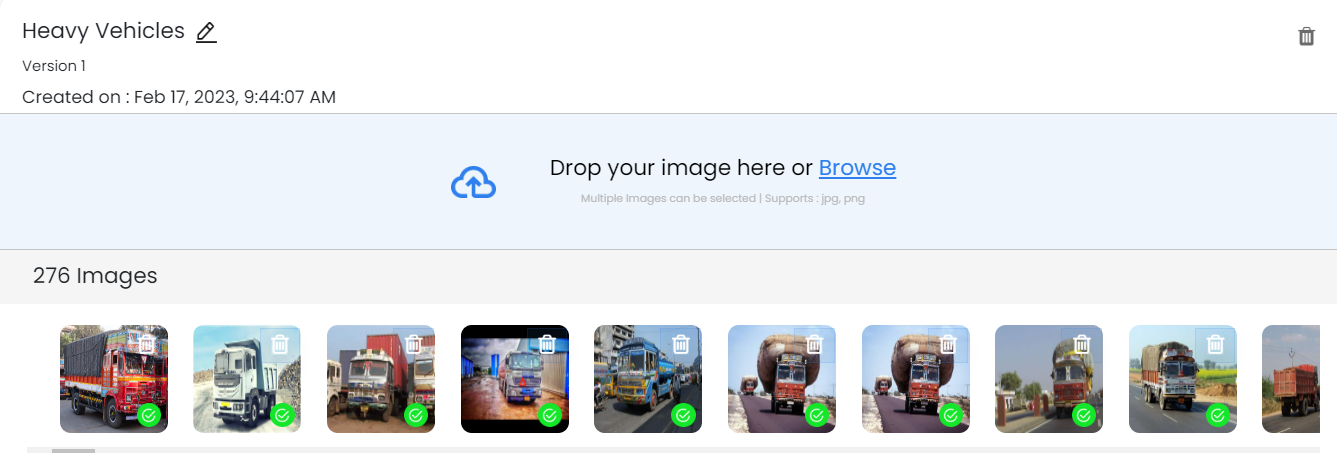
4. The next step is to click on the start training button so that the model can be trained.
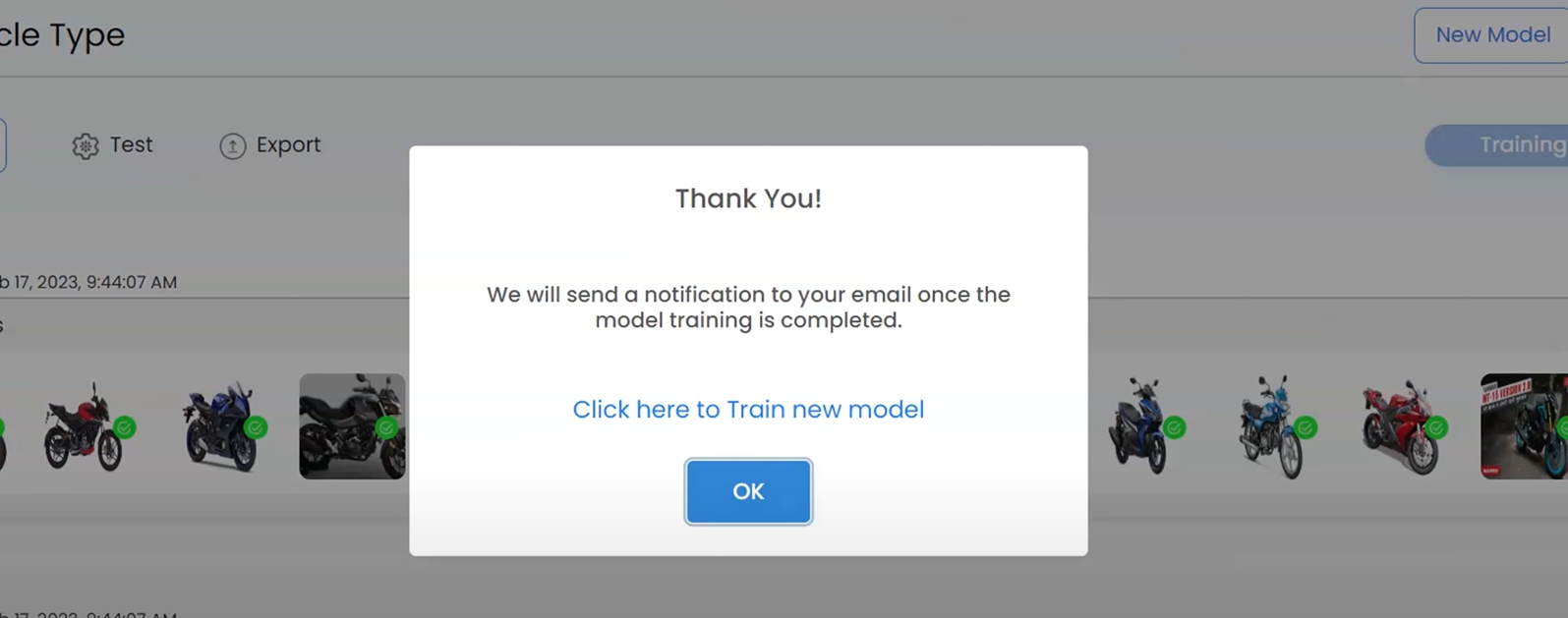
5. Testing the model: Once the VEHICLE TYPE model has been trained, the next step is to test the model to see if it is performing according to our expectations. It can be evaluated using a separate test dataset to determine its performance and make any necessary adjustments before deploying it in a real-world application.
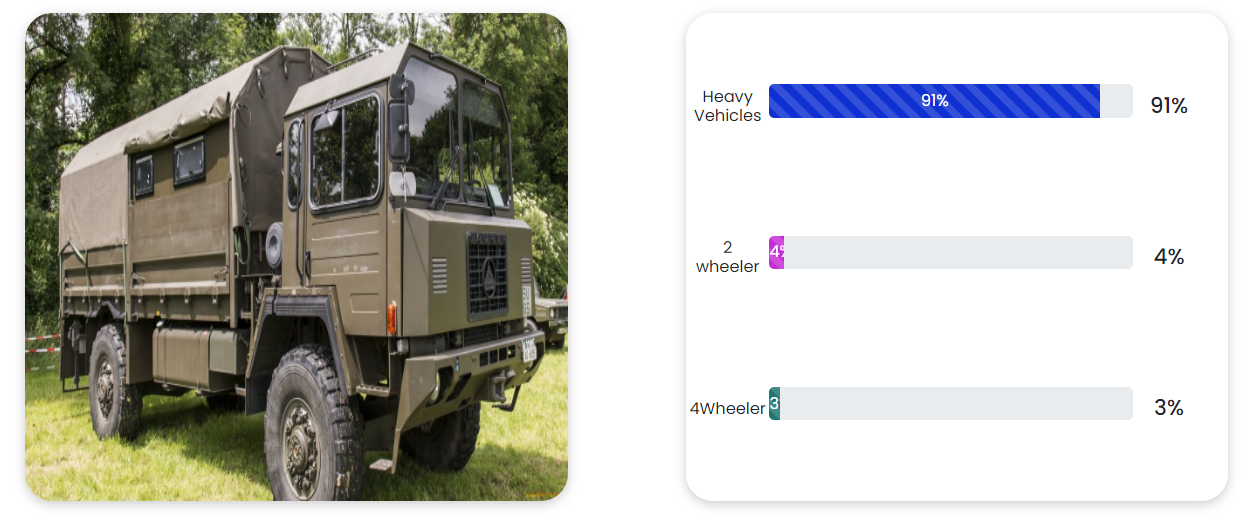
6. Deploying the model: The easiest way to deploy the computer vision model is by using the list of export models on navan.ai. We have 3 options: Deploy a model using Model files, Deploy a model through Docker, and lastly deploy the model as API. You can integrate the model with your application to get a scalable use case and build using your data without any coding on navan.ai.
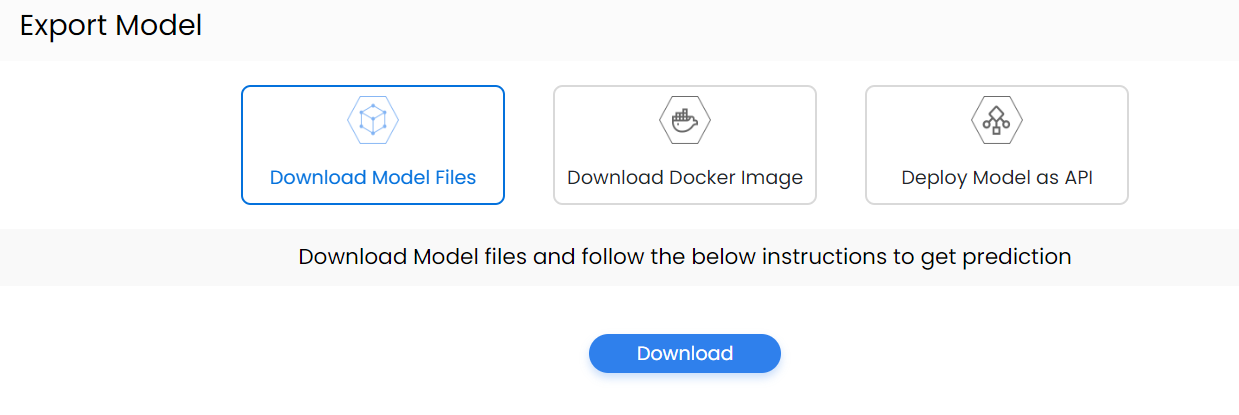
Here’s a video showing how you can build a Vehicle Type classification using Computer Vision AI Model on navan.ai:
navan.ai is a no-code computer vision platform that helps developers to build and deploy their computer vision models in minutes. Why invest 2 weeks in building a model from scratch when you can use navan.ai and save 85% of your time and cost in building and deploying a computer vision model? Build your models, share knowledge with the community, and help us make computer vision accessible to all. navan.ai also helps organizations with MLOps by setting up CT, CI, and CD pipelines for ML applications.
Visit navan.ai and get started with your computer vision model development NOW!
